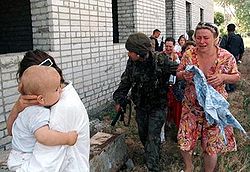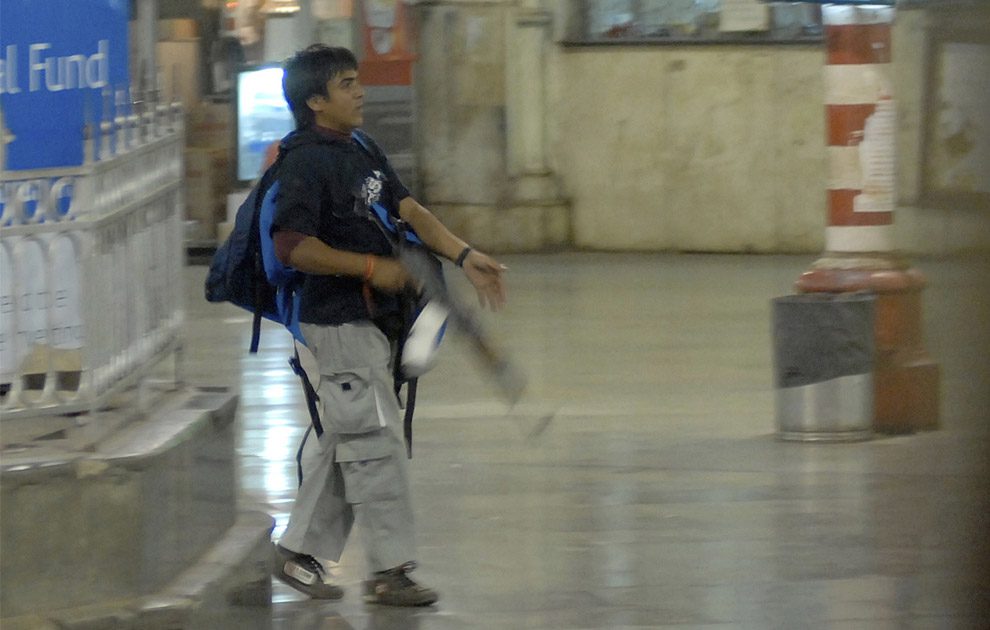We have written for years about how vulnerable hospitals are as “soft targets” for Terrorists, and it remains true despite the fact that we in the US have yet to suffer from a coordinated assault on a healthcare facility. We have seen multiple attacks over time in other countries, including Russia, India several times and in the war zones of Iraq and Afghanistan.
This article in the Israeli Department of Homeland Security website reinforces the message that we have yet to really plan and prepare to active shooter/multiple active shooter attacks that have been seen in hospitals in other countries.
Here is also and article reprint which we  originally published  in the Dec. 7, 2009 edition of the Washington Examiner on the subject:
The Department of Homeland Security (DHS) is responsible for the implementation of the Nation Infrastructure Protection Plan (NIPP). Presidential Decision Directive-63 formed the basis for the protection of critical infrastructure even before the 9/11 attacks. The strategy evolved around the huge task of protection of the nation’s infrastructure against the growing probability that the U.S. would be targeted for future terrorist attacks.
The nation’s economic structure was divided into 18 Sectors. One of the major difficulties facing the Sector planners was the fact that the vast majority of Sector control was in the hands of non-federal entities. Also adding to these planning challenges was a Federal sector encouraged by Congressional mandates and a Non-federal sector expected to meet their part of the partnership through voluntary compliance.
 One of the least well developed of these sectors is the Public Health and Healthcare Sector, characterized by many as the “weakest link in the Homeland Security chainâ€.  Some question the coupling of the long established Public Health Sector with the Non-Federal Healthcare Sector. The chronically underfunded Public Health Sector, along with the other traditional “first responder†groups (Fire/Law Enforcement/EMS) were adept at dealing with grant administration and were not effective advocates for the fragmented Public and Private healthcare delivery system. This fragmented healthcare sector failed to reach-out and become full partners in the nation’s strategy for Homeland Security Protection.
One of the least well developed of these sectors is the Public Health and Healthcare Sector, characterized by many as the “weakest link in the Homeland Security chainâ€.  Some question the coupling of the long established Public Health Sector with the Non-Federal Healthcare Sector. The chronically underfunded Public Health Sector, along with the other traditional “first responder†groups (Fire/Law Enforcement/EMS) were adept at dealing with grant administration and were not effective advocates for the fragmented Public and Private healthcare delivery system. This fragmented healthcare sector failed to reach-out and become full partners in the nation’s strategy for Homeland Security Protection.
The Sector’s track record speaks for itself; lack of preparedness to deal with NY’s 9/11 response, dismal failure in protecting its fragile and vulnerable charges during Katrina/Rita and most recently caught flat-footed in H1N1 pandemic response for both waves of the disease.
We should all take a lesson from Russia’s experience with modern terrorist’s using age-old tactics on soft and desirable targets.
 The last decade of the twentieth century was a violent period for Russia in their struggle with Chechen terrorism. They have been able to deal with deadly attacks in multiple sites within the country, massive urban attacks, buried radioactive devices, school attacks, rail bombs, aviation bombing etc. However, only one attack changed the nature of the war and was seen as a major success for the terrorist. That event, the Budyonnovsk hospital hostage crisis led to more than 200 deaths, sacking of high ranking government officials and resulted in the establishment of a known terrorist’s goal, a quasi-independent Chechnya.
The last decade of the twentieth century was a violent period for Russia in their struggle with Chechen terrorism. They have been able to deal with deadly attacks in multiple sites within the country, massive urban attacks, buried radioactive devices, school attacks, rail bombs, aviation bombing etc. However, only one attack changed the nature of the war and was seen as a major success for the terrorist. That event, the Budyonnovsk hospital hostage crisis led to more than 200 deaths, sacking of high ranking government officials and resulted in the establishment of a known terrorist’s goal, a quasi-independent Chechnya.
The Terror Multiplier Effect (TME) associated with assault and capture of hospitals has been proven to be a terrorist tactic which produces desired strategic outcomes. Also, Mumbai’s under-played Cama hospital assault underscores healthcare vulnerability to such attacks. Looking at our own system in the aftermath of Ft. Hood and many other thwarted terrorist attempts, can we afford to be complacent?






0 Comments